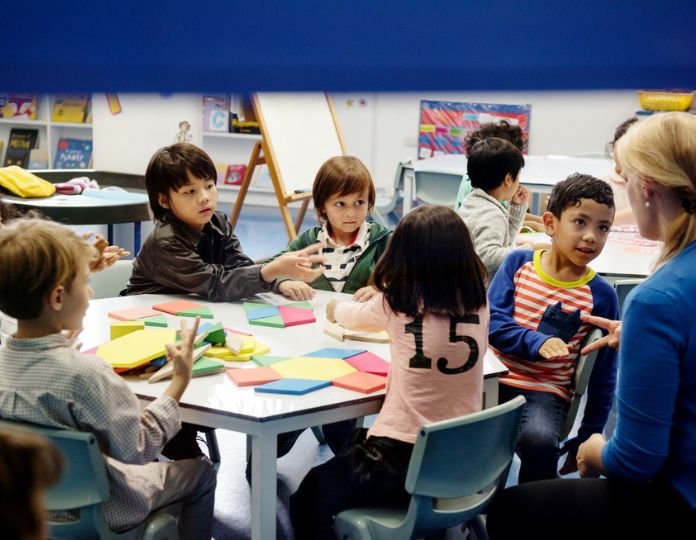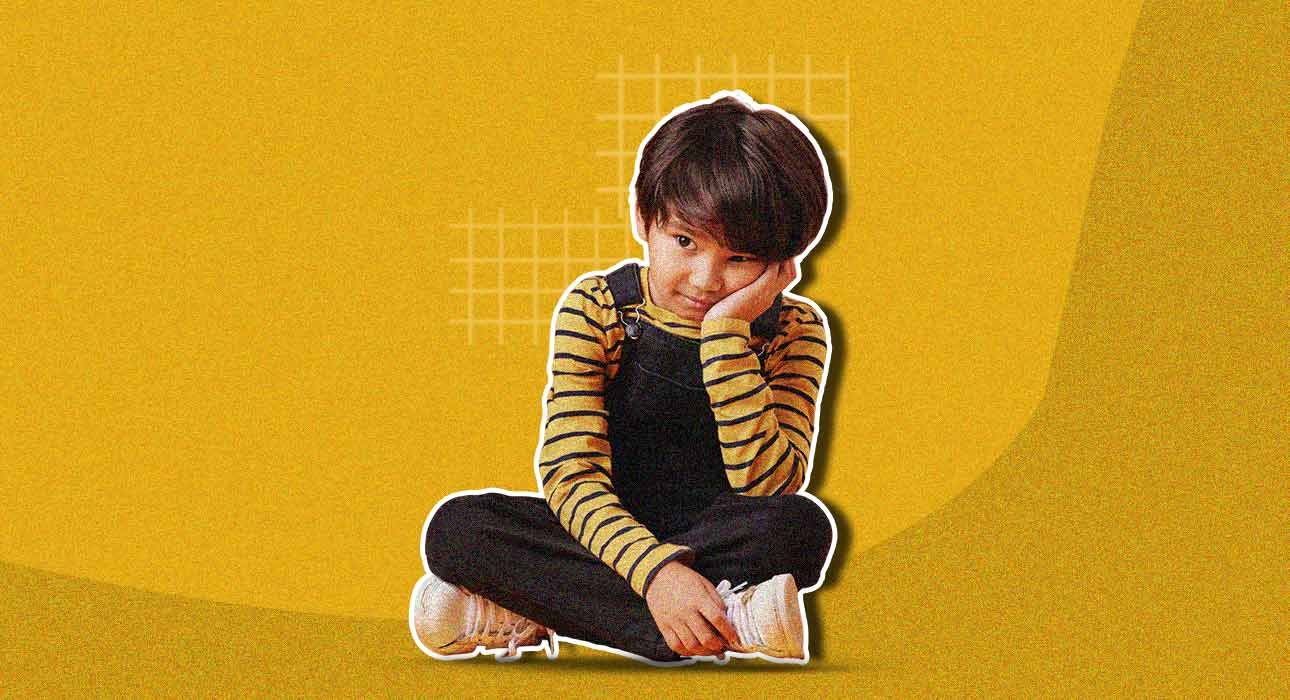From the time a child is born till they grow up, parents are quite literally the primary source of validation, recognition and ultimately comfort. Being ‘good’ and being ‘obedient or compliant’ are often qualities that receive praise from society. For a child who is learning to process the world through emotions, feelings and experiences, parents’ responses, care, and validation support their initial motivation. As one grows up, if the care, safety and support offered is conditional, it can eventually lead to the child having people-pleasing tendencies as well as confusing care with compliance. This article thereby explores why children can confuse care with compliance and what happens when children are expected to please adults at the cost of comfort.
Attachment’s Role in Defining Safety & Comfort
1. Healthy Relations and Secure Attachment
Attachment plays a major role in the parent-child relationship. To understand how care is confused with compliance, first, it is important to know what happens when it isn’t. While there are multiple kinds of attachment styles, the secure attachment style is the one where, in a sense, the relationship benefits the most in terms of emotional security and stability. The secure attachment style revolves around comfort, but without compliance for the most part. In the simplest terms, a secure attachment style of a healthy bond(Gupta, 2024d).
It is where love, care and nurturing are done without any extra pleasing or unreasonable expectations. John Bowlby, in his study and exploration of attachment styles, added to the initial study done by Mary Ainsworth to conclude that when the needs of a child are met by their caregiver without conditions, in this case, compliance and without hassle, it leads to a healthy, safe, caregiving and nurturing attachment relationship.
Read More: Emotional Safety in a Relationship: The Invisible Foundation of Love
2. When Caregiving Needs Are Unmet
The effect of compliance and conditional care on a child’s functioning can lead to personality changes later. One of the main effects it has is on this particular attachment style, along with a disorganised attachment. The anxious-preoccupied attachment style.

This primarily comes from inconsistency from the caregiver in caregiving and nurturing, meeting the needs of the child from a young age (PsyD, 2025). The reliance and dependence on the relationship increase, but since needs aren’t met, it leads to anxiety that can lead to low self-esteem. This can further lead to people pleasing behaviours to get the attention of the caregiver and to feel some sort of comfort and validation, even if it means compliance, confused care.
Read More: Caregiving is stressful and also a risk factor for depression: Study.
Self-determination and Validation
As we grow up, we are exposed to the world a little more with every passing day. The self-determination theory talks about not just personal goals and interests but also how they are shaped depending on early childhood experiences, care and validation as mentioned before.
Deci and Ryan built on this theory of self-determination theory, where the ability to make your own choices for well-being and the kinds of motivation required for the same were explored. The desire to succeed, achieve goals and do better in various aspects of life comes from motivation and drive. Here, a key factor is the kind of external motivation one receives; this means parental guidance, support and ultimately validation, which all stem from care without conditions and extensive compliance (MSEd, 2024n).
Here, being obedient and doing as per the parent might say, for example, career choices, eating and clothing habits or choices, or stereotypes around feelings, emotions and ways of living, and more can be directly related to how care and comfort are being provided. If it is attached to compliance and obedience, where the child must follow what the parent wants or desires over their own needs and wants/ over true autonomy for the child to pursue their choice of living and feeling, it can lead to confusion, anxiety, and also living the parents’ expectations rather than one’s own at times.
Read More: Psychological reasons behind future goals.
Social learning theory
Albert Bandura explored the effect of social environments, reinforcement and observation on how one perceives the world and their overall behaviour. In the context of confusing care with compliance, the social learning theory comes into play. The four main elements of this theory are attention, retention, learning and motivation, out of which motivation, especially extrinsic, is important to boost inward drive to achieve goals.

For example, let’s take the Bobo Doll experiment, where observation played a major role in how people behaved and responded. In the same way, when a child receives praise, care, affection and better fulfilment of needs only when they comply and agree to the demands or thoughts of the caregivers and people around him or her, it can lead to confusing this love and comfort with being obedient.
This leads to people-pleasing tendencies. As it is the only way the child observed how they could get attention, care and feel the comfort(MSEd, 2024l). To support the above and bring depth into this article, the research conducted by Thomas G. O’Connor and his team, consisting of Carla Matias, Annabel Futh, Grace Tantam, and Stephen Scott, on “Social Learning Theory Parenting Intervention Promotes Attachment-Based Caregiving in Young Children: Randomised Clinical Trial” explained the concepts of attachment, observation and social learning to understand how parent-child relationships can be strengthened as well (O’Connor et al., 2012).
Read More: Social Learning Theory by Albert Bandura
Conditional Positive Regard and Set Standards
Take often heard and seen things like parents praising their children only when they get good grades, do certain activities or behave a certain way. When conditions are put behind receiving genuine acceptance, praise and care, it can lead to the child getting used to what is known as the conditional positive regard.
First proposed by Carl Rogers, with the belief that the need for positive regard is universal. However, when it becomes conditional, it isn’t good for our mental well-being and overall development. The APA dictionary of psychology talks about how when one has to fulfil expectations or behave a certain way to get positive regard or recognition/basic care from the caregiver, it can result in a decline in well-being. In this context, it results in confusing care with compliance and fitting into set standards(APA Dictionary of Psychology, n.d.-g)
Care in the context of Enmeshment
Just like the child-parent bond is unique to their own, each family has their dynamics and relations. Enmeshment occurs when a parent and child’s emotional bond is intertwined and the lines get blurred(NCC, 2024). There is little to no separation, which can lead to problems like not recognising which feelings and goals are the child’s, versus which are put on by the caregiver on the child. Here, being able to fulfil the parents’ set standards and goals can feel like the primary source of validation, care and leading to confusing compliance with care.
Read More: How Positive Childhood Bonds Shape Adult Mental Health?
Conclusion
All in all, to summarise, this article helps us understand how children can often confuse care if the kind of attachment they have with their parents or primary caregivers is unhealthy, otherwise called as avoidant or anxious attachment from various psycho-socio reasons. This is followed by the need to feel validated can cause a child to conform to conditional positive regard, where his or her safety and nurturing needs are only met when conditions put forth by parents are fulfilled to get attention and praise from them. Children also learn from observation and the community around. If they pick up on set standards to feel deserving of care, comfort and validation instead of simply existing, then that can lead to them confusing compliance with care in the long run.
To conclude, when a child confuses compliance and meeting set expectations with care and real comfort, it can lead to a changed self-concept, accepting validation for only being able to fulfil a demand and always wanting comfort and nurturing without conditions or compliance. This, however, if recognised early and communicated well within the family, along with external professionals, all help can lead to better relationships between child and parent as well as clearer self-concept, better motivation, as well as enhanced mental well-being.
Read More: Benefits of Short-term therapy for parents and child: Study
FAQs
1. What can lead to confusing compliance with care?
The APA dictionary of psychology talks about how when one has to fulfil expectations or behave a certain way to get positive regard or recognition/basic care from the caregiver, it can result in a decline in well-being. In this context, it results in confusing care with compliance and fitting into set standards(APA Dictionary of Psychology, n.d.-g)
2. How does people-pleasing behaviour show up?
When a child receives praise, care, affection and better fulfilment of needs only when they comply and agree to the demands or thoughts of the caregivers and people around him or her, it can lead to confusing this love and comfort with being obedient. This leads to people-pleasing tendencies. As it is the only way the child observed how they could get attention, care and feel the comfort(MSEd, 2024)
3. How does it affect goal setting and achieving?
The desire to succeed, achieve goals and do better in various aspects of life comes from motivation and drive. Here, a key factor is the kind of external motivation one receives; this means parental guidance, support and ultimately validation, which all stem from care without conditions and extensive compliance (MSEd, 2024n).
References +
Gupta, S. (2024d, April 18). What does secure attachment look and feel like? Plus, how to develop it. Verywell Mind. https://www.verywellmind.com/secure-attachment-signs-benefits-and-how-to-cultivate-it-86288 02
PsyD, A. M. (2025, July 7). Signs you have an Anxious-Preoccupied attachment style. Verywell Mind. https://www.verywellmind.com/what-is-preoccupied-attachment-style-5214833
MSEd, K. C. (2024n, July 18). Self-Determination Theory in Psychology. Verywell Mind. https://www.verywellmind.com/what-is-self-determination-theory-2795387
O’Connor, T. G., Matias, C., Futh, A., Tantam, G., & Scott, S. (2012). Social Learning Theory Parenting Intervention Promotes Attachment-Based Caregiving in Young Children: randomised clinical trial. Journal of Clinical Child & Adolescent Psychology, 42(3), 358–370.https://doi.org/10.1080/15374416.2012.723262
MSEd, K. C. (2024l, July 16). How social learning theory works. Verywell Mind. https://www.verywellmind.com/social-learning-theory-2795074
MSEd, K. C. (2024q, December 4). Unconditional positive regard in psychology. Verywell Mind. https://www.verywellmind.com/what-is-unconditional-positive-regard-2796005
APA Dictionary of Psychology. (n.d.-g). https://dictionary.apa.org/conditional-positive-regard
Ncc, M. P. L. (2024, November 11). What is enmeshment, and how do you set boundaries? Verywell Health.https://www.verywellhealth.com/enmeshment-healing-steps-5223635
Richter, L. & World Health Organisation. (2004). The importance of caregiver-child interactions for the survival and healthy development of young children: a review (R. D. Griesel, Julie Manegold, The Consultative Group on Early Childhood Care and Development and the Aga Khan Foundation, M. Black, M. Cabral De Mello, P. Engle, I. Ertem, UNICEF, Ankara University Medical School, Nicosia, Jose Martines, Sue Hobbs, & Jacqueline Cidérac, Eds.) [Review]. World Health Organisation. https://iris.who.int/bitstream/handle/10665/42878/924159134X.pdf













Leave feedback about this